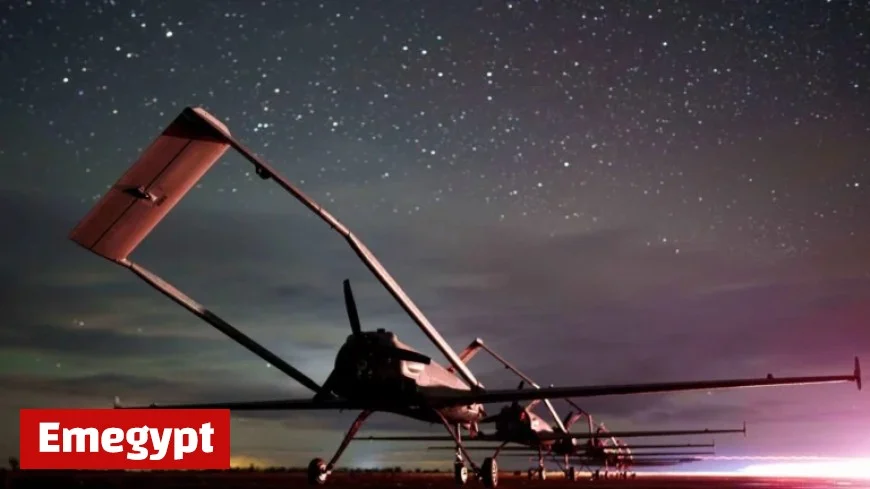Ukraine’s Night-Launched Long-Range Drones Intensify Pressure on Russia

Ukraine’s drone warfare has intensified, notably striking deep into Russian territory. These nighttime operations target key infrastructures, including oil refineries and military logistics hubs. The long-range drone campaign has surged since the summer, effectively stretching Russia’s air defenses.
Night Operations: Strategic Focus
Under the cover of darkness, Ukrainian forces assemble attack drones at covert locations. Their targets are specifically chosen: oil refineries and fuel depots. This strategic emphasis aims to exploit vulnerabilities within Russia’s energy infrastructure.
Impact of Drone Strikes
- Over 160 successful attacks on Russian oil facilities have been reported in 2023.
- These drones have targeted 16 major refineries, impacting approximately 38% of Russia’s refining capacity.
- Despite these attacks, many facilities quickly return to operational status due to existing fuel surpluses.
Fuel Shortages and Strategic Shifts
Ukraine’s drone strikes have caused notable gasoline shortages in Russia, prompting fuel rationing in certain areas. Ukrainian President Volodymyr Zelenskyy claims that their operations have resulted in a significant reduction of nearly 20% in Russia’s gasoline supply.
U.S. and European sanctions against Russia’s oil industry are ramping up, coinciding with Ukraine’s advancements in long-range drone capabilities. This development changes the dynamics of the conflict.
Advancements in Drone Technology
The Liutyi drone, a central component of Ukraine’s arsenal, exemplifies the country’s innovative approach. Measuring waist-high, it is simple yet effective, allowing for stealthy launches and constant modifications. Its range has doubled, now capable of striking targets up to 1,000 kilometers from Ukraine’s border.
Geopolitical Implications
This evolution signifies a shift in warfare tactics, where Ukraine has started to project power onto Russian soil. Analysts suggest that Ukraine’s ability to execute operations deep within Russia is reshaping the conflict landscape.
- Daily refining capacity in Russia has dropped by approximately 500,000 barrels due to the strikes.
- Domestic fuel shortages and limited diesel exports are emerging as direct consequences.
Operational Challenges
Despite the advances, less than 30% of drones reach their designated targets. Detailed planning and risk assessment become crucial elements of each operation. As one Ukrainian commander noted, the military will learn from this experience, with implications that may resonate globally.
The conflict has led to an urgent drive within Ukraine, as they continue to refine their strategic capabilities while facing undeniable losses.

































